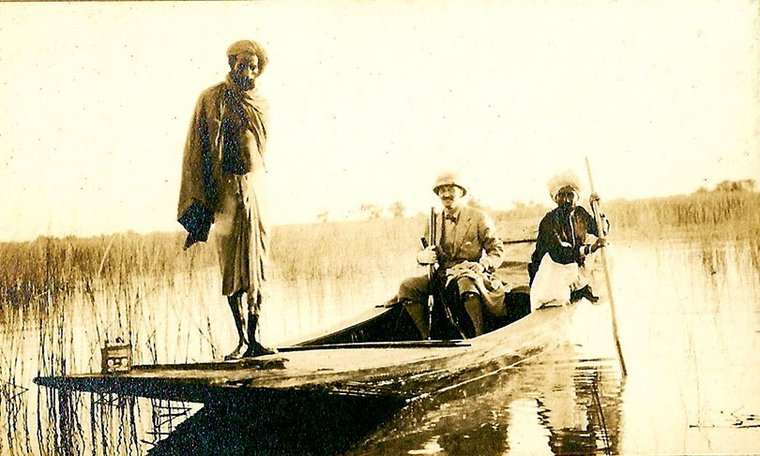First, as the lens of British anti-slavery brought into focus the shidi, the status of Indian slavery was blurred, obscured, and all but blotted out. The complex webs of bondage, debt, dependency, servitude, and hierarchy that characterised Indian social life, and which had been clearly recognised as slavery prior to 1843, were all transmuted into other categories of legitimate servitude.
Abolition changed the language available to describe Indian systems of bondage and servitude. In 1843 the East India Company (EIC) passed the Indian Slave Act, which simply declared that the law would no longer recognise the existence of slavery. This meant that ‘brown’ Indians, no matter how subjugated or exploited, were seen as a wholly different social and labour category than slavery. With the stroke of a pen Indian slavery became unseen.
As the law committed itself to turning a blind eye to Indian slavery, the institution seemed to all but vanish – disappearing in a puff of smoke. The tiny shidi community was, in a sense, the residue left behind.
Living with a Label
Second, by being ‘seen’ and ‘freed’ the shidis paid a different kind of price. The regime imprinted the label, and therefore the stigma, of the ex-slave on shidis. Sindh, a coastal province in what is now Pakistan, has one of the largest populations of shidis in South Asia today. Here the legacy of this imprint is clear. Shidis are an economically marginalized community, frequently denigrated as unfit for anything other than sweeping and domestic service, often the target of racial slurs, and seen as being foreign to Sindh. This is a legacy that came not out of being slaves, but ironically, out of the process of being freed and thus recorded as being ex-slaves. The selective liberation of transported shidis created a collective stigma for the whole community.
In the summer of 2018 we visited Lyari on the outskirts of Karachi – the largest urban center in Sindh. Sitting with representatives of a prominent local shidi organisation, we discussed their ongoing struggle to reclaim their history for themselves. Today the shidi community in Sindh continues to confront the prejudice of being associated with a legacy of enslavement and, therefore, natal alienation and otherness.
The elders of the group insisted that the shidis had older ties to Sindh than this narrative allowed. Some shidis might have come as slaves, they admitted, but this was far from everyone’s story. People migrated from Africa as scholars, vassals, military recruits, saints, merchants, and seamen. They argued that shidis even came to Sindh with Muhammad Bin Qasim, celebrated as the first Muslim conqueror of the subcontinent in the eighth century. These claims are supported by a growing scholarship documenting robust pre-modern networks of trade and migration across the Indian Ocean and beyond. Yet to the British, and today to Sindhi society at large, shidis are considered low caste groups, seen through the prism of the slave trade, irrespective of their true origin.
Whether it is skin colour, whips, chains, or brick kilns, we seldom question the visual as a means of identifying the hidden structures underlying a relationship. What are the costs? If the public and symbolic act of freeing shidis both hid Indian slavery and stigmatised those who were freed, how do we think more critically about the task of assigning labels? Whether freeing shidis on the ocean, or rescuing “modern slaves” from brick kilns, it is vital to remind ourselves how easy it is to get it wrong.







Comments
We encourage anyone to comment, please consult the oD commenting guidelines if you have any questions.